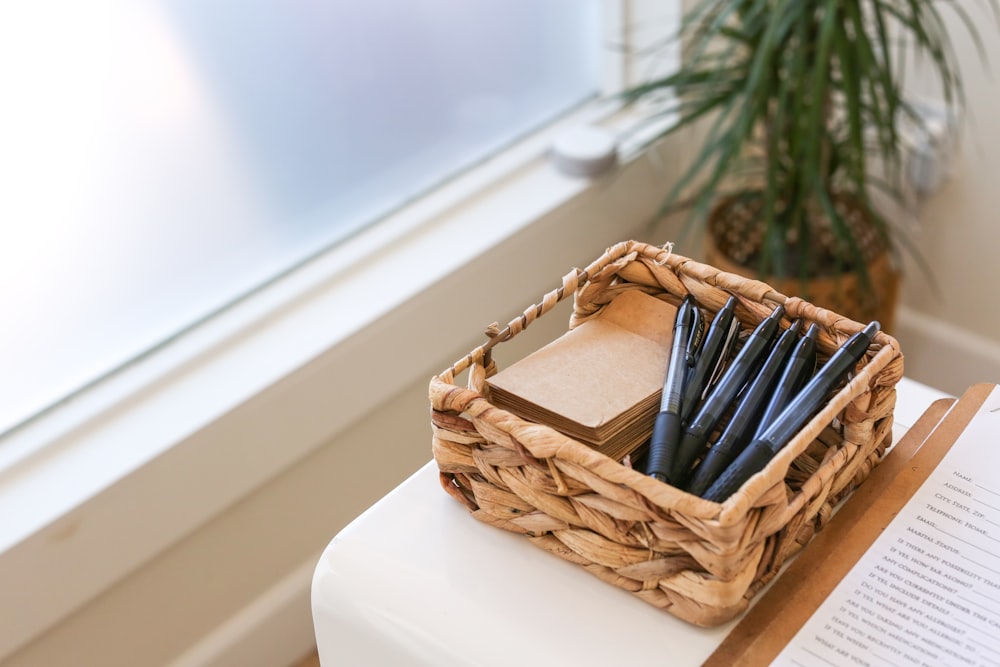 |
| Screenshot from Wings of Desire film |
Referring to Wenders' chapter on The urban landscape from the point of view of images, the parallel he draws between the development of images and of cities (p. 96) is that they both grown out of proportion, become colder, more distanced/ alienated/ alienating, more commercially oriented. It's the saturation of images in cityscapes. He likens images to addiction to drugs and cautioned overdose of them. Berlin has a lot of empty spaces due to the aftermath of war and nothing much to see. Visitors can see through the space like how they see through time, just like in a movie. The eyes and the mind are allowed to wander. He is convinced that film should have gaps between imagery to allow us to see anything else other than what the film wants to show us. Thus, the storytelling exists and comes to life in the mind of the viewer or listener (p.99).
It makes me think about how people described themselves as storytellers or sharing the origins of businesses' stories. It appears that these people do that to not let images or noise drown in the flood of the others and to not let them become victims of the ongoing competitiveness and the overwhelming spirit of commercialisation by telling a story.
Wenders, Wim, 'The urban landscape from the point of view of images'. In The act of seeing: essays and conversation (London: Faber and Faber, 1997), pp. 93-101.
Wim Wenders, Wings of Desire (1987), on Box of Broadcasts at: https://learningonscreen.ac.uk/ondemand/index.php/prog/000BEFF8?bcast=134925775































